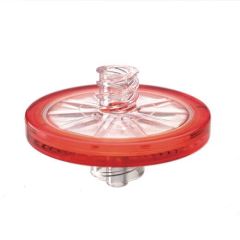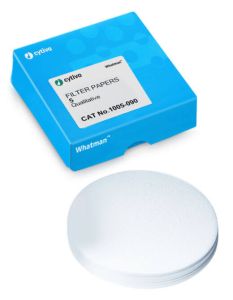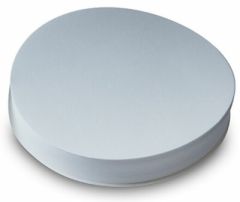Close
C.T.A. MEDIUM 500 grams/bottle
SKU
CDL/1502
Brand
CONDALAB
Pre-order (Deliver in 8 to 12 weeks)
CTA Medium (Cystine Tryptic Agar) is a nutrient base, semisolid medium which contains peptones rich in tryptophane and vitamins. It is used for the determination of motility of fastidious microorganisms, for fermentation tests with the addition of carbohydrates and for the classification of yeasts, being able to determine fermentation reactions of fastidious microorganisms, e.g. pathogenic Neisseria.
Casein peptone provides nitrogen, vitamins, minerals and amino acids essential for growth. Yeast extract is a source of vitamins, particularly of the B-group essential for bacterial growth. Sodium chloride supplies essential electrolytes for transport and osmotic balance. L-Cystine and sodium sulfite are the reducing agents. Phenol red is the pH indicator. Bacteriological agar is the solidifying agent.
The semisolid consistency of the medium is suitable for detecting the motility of some microbes. With the addition of a 1% concentration of a specific carbohydrate, it is recommended for the differentiation of fastidious microorganisms by means of fermentation reactions. Without the addition of carbohydrates, it is recommended as a holding medium for fastidious microorganisms at 25 �C.
The fastidious organisms such as Neisseria, Pasteurella, pneumococci, streptococci, Brucella, Corynebacteria, and Vibrio grow well in CTA Medium without adding carbon dioxide, serum, or any other enrichment substances.
The stabbed cultures of motile organisms grow out from the line of inoculation. The non-motile microorganisms remain only within the inoculated area, while the surrounding agar remains clear.
For fermentation tests with members of Neisseria, inoculate the surface of the tubes only. Neisseria species usually produce acid in the area of stabs (upper third) only. If there is a strong acid (yellow color) throughout the medium, a contaminating organism may be present. If in doubt about a tube containing a Neisseria species, a Gram stain and oxidase test should be performed on the growth.
The facultative microorganisms such as streptococci and strictly anaerobic microorganisms can be inoculated by stabbing at half the depth of the tube. The acid reactions can be easily observed as the produced acid does not spread immediately throughout the entire tube. The majority of cultures display an alkaline reaction when there is no fermentable carbohydrate present.
CTA Medium (Cystine Tryptic Agar) is a nutrient base, semisolid medium which contains peptones rich in tryptophane and vitamins. It is used for the determination of motility of fastidious microorganisms, for fermentation tests with the addition of carbohydrates and for the classification of yeasts, being able to determine fermentation reactions of fastidious microorganisms, e.g. pathogenic Neisseria.
Casein peptone provides nitrogen, vitamins, minerals and amino acids essential for growth. Yeast extract is a source of vitamins, particularly of the B-group essential for bacterial growth. Sodium chloride supplies essential electrolytes for transport and osmotic balance. L-Cystine and sodium sulfite are the reducing agents. Phenol red is the pH indicator. Bacteriological agar is the solidifying agent.
The semisolid consistency of the medium is suitable for detecting the motility of some microbes. With the addition of a 1% concentration of a specific carbohydrate, it is recommended for the differentiation of fastidious microorganisms by means of fermentation reactions. Without the addition of carbohydrates, it is recommended as a holding medium for fastidious microorganisms at 25 ºC.
The fastidious organisms such as Neisseria, Pasteurella, pneumococci, streptococci, Brucella, Corynebacteria, and Vibrio grow well in CTA Medium without adding carbon dioxide, serum, or any other enrichment substances.
The stabbed cultures of motile organisms grow out from the line of inoculation. The non-motile microorganisms remain only within the inoculated area, while the surrounding agar remains clear.
For fermentation tests with members of Neisseria, inoculate the surface of the tubes only. Neisseria species usually produce acid in the area of stabs (upper third) only. If there is a strong acid (yellow color) throughout the medium, a contaminating organism may be present. If in doubt about a tube containing a Neisseria species, a Gram stain and oxidase test should be performed on the growth.
The facultative microorganisms such as streptococci and strictly anaerobic microorganisms can be inoculated by stabbing at half the depth of the tube. The acid reactions can be easily observed as the produced acid does not spread immediately throughout the entire tube. The majority of cultures display an alkaline reaction when there is no fermentable carbohydrate present.
| Brand | CONDALAB |
|---|
Write Your Own Review









Validate your login